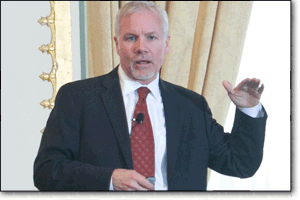- Home
-
News
- Back to parent navigation item
- News
- National Compliance Officer Day 2025
- Accounting & Auditing
- AI
- AML
- Anti-Bribery
- Best Practices
- Boards & Shareholders
- Cryptocurrency and Digital Assets
- Culture
- ESG/Social Responsibility
- Ethics & Culture
- Europe
- Financial Services
- Internal Controls
- Regulatory Enforcement
- Regulatory Policy
- Risk Management
- Sanctions
- Surveys & Benchmarking
- Supply Chain
- Third Party Risk
- Whistleblowers
- Opinion
- Benchmarking
- Certification
- Events
- Research
- Awards
-
CW Connect
- Back to parent navigation item
- CW Connect
- Sign In
- Apply
- Membership
THIS IS MEMBERS-ONLY CONTENT
You are not logged in and do not have access to members-only content.
If you are already a registered user or a member, SIGN IN now.
Related articles
-

-
 Basic Page
Basic PageNestlé CEO dismissed after code of conduct breach
2025-09-05T21:03:00Z By Aly McDevitt
Nestlé dismissed its CEO over an undisclosed relationship with a subordinate, a clear breach of the company’s code of business conduct. The dismissal underscores that no one is exempt from compliance obligations, even top leadership.
-
 News Brief
News BriefCommunication and relationships is increasingly critical for compliance teams
2025-06-04T20:56:00Z By Ian Sherr
Compliance is increasingly in the spotlight as companies are tackling everything from artificial intelligence and other new technologies to risk management and mitigation. But it’s soft skills of communication and relationship building that are becoming the most critical tools for success.
- Terms and Conditions
- Privacy Policy
- Do Not Sell My Info
- © 2025 Compliance Week
Site powered by Webvision Cloud







